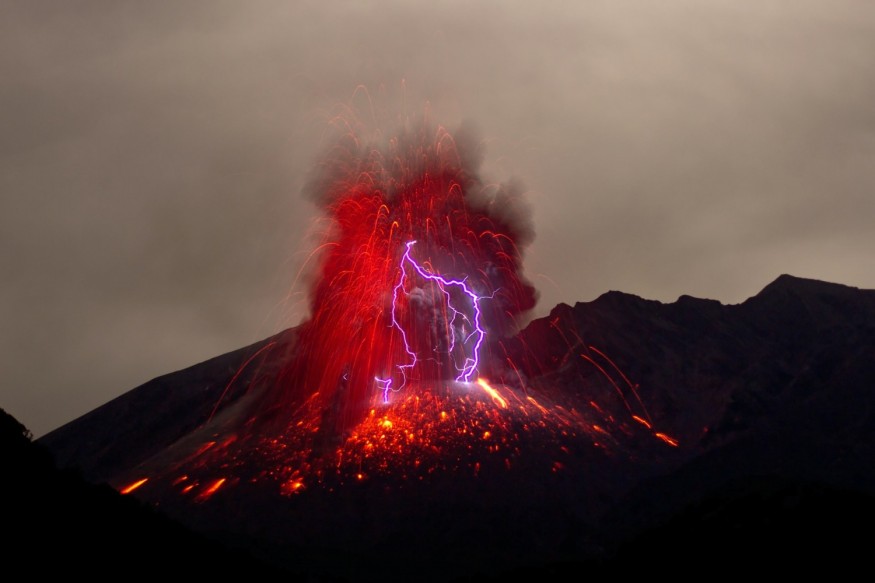A particularly powerful eruption of Mount Etna has created a volcanic storm that sent bolts of lightning dramatically across the sky over eastern Sicily.
Volcanic storm at Mt. Etna
Volcanic experts at the National Institute of Geophysics and Volcanology of Italy say that such volcanic storms are rare on Friday, but can occur especially during heavy eruptions or at volcanoes near the sea.
According to Arab News, volcanologist Boris Behnke told AP news agency that a flash of volcanic lightning was observed on Mount Etna once in 2021 and earlier in 2015.
The eruption just before midnight on Thursday did no damage. However, it shot ashes in the air 10 kilometers (more than 6 miles) above sea level.
Read more : World's Largest Volcano 'Mauna Loa' is Waking Up, Scientists Caution People to Prepare for Eruption
How volcanic storms are formed

In a report in Discovery, experts claim that the geological phenomenon in which magma erupts from below the earth's surface to form volcanic rocks is simply called volcanism.
Magma collects in the space between the Earth's hot liquid core and the crust and is pushed upwards by buoyancy compared to the surrounding rock and gas pressure, which is denser.
A flow of gas, ash, and rock known as lava, also known as hard rock, erupts through cracks in the crust called vents.
As per National Geographic, scientists' clues about an upcoming volcanic eruption come from a network of seismometers that measure the Earth's many shakings.
However, because such equipment is expensive to install and maintain, it is impossible to connect more than 1,500 potentially active volcanoes on Earth.
Volcanoes come in many shapes and sizes. Cinder cones are the simplest type and form when magma erupts from a vent and then falls to the ground, forming a cone of crushed slag.
Types of volcanoes
Stratified volcanoes, or complex volcanoes, are tall, steep volcanic mountains that we often imagine, such as Mount Fuji in Japan or Mount St. Helens in Washington. They consist of repeated flows of lava, ash, ashes, and volcanic bombs (hot pieces of rock, also called tephra). As published by Discovery.
Volcanic lightning is formed from a volcanic plume, the cylinder-shaped column of volcanic ash emitted by erupting volcanoes. Volcanoes in Hawaii are more likely to eject fluid lava fountains than thick plumes of ash.
Densely packed particles rub against each other as they are forcefully ejected by volcanic columns. This interaction is called friction. As a result of friction, ash particles gain or lose electrons. They will be charged. As per National Geographic.
As the charged particles rise above the less dense volcanic column, the column experiences charge separation. Positively charged particles are increasingly separated from negatively charged particles.
When the charge separation is so great that the air cannot resist the flow of electricity, lightning strikes through the volcanic column, connecting positively and negatively charged particles.
© 2025 NatureWorldNews.com All rights reserved. Do not reproduce without permission.





